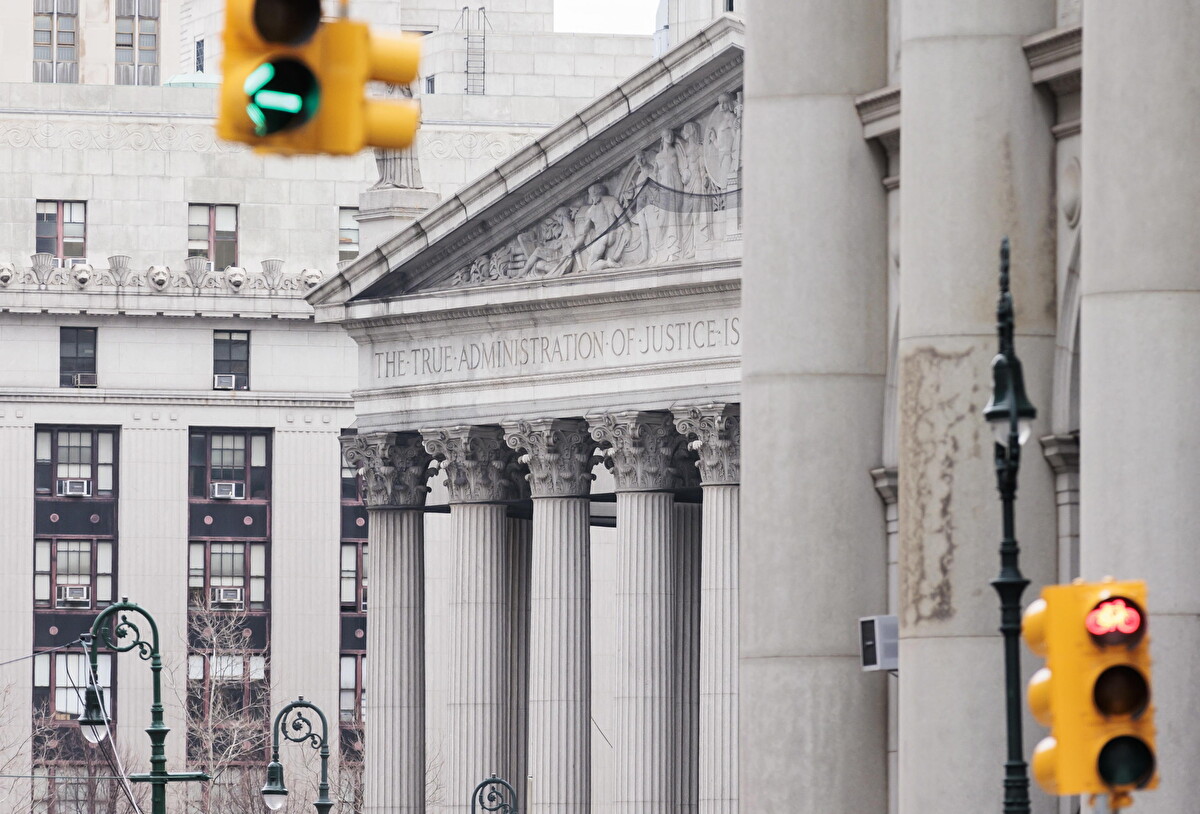$68 million going to waste every year. This is the approximate amount worth of coin money that Americans reportedly toss each year, according to Reworld, a Pennsylvania-based waste management facility.
A Wall Street Journal article explains that coins are inconvenient to carry about, to start with. They occupy a lot of pocket space whereas the United States is quickly turning into a cashless society and the majority of individuals pay with their cards or even their smartphones.
More importantly, though, is that old-fashioned coins now have almost no purchase power. According to the story, a quarter’s purchasing power in 1980 was equivalent to around a dollar now. Put another way, during the past forty plus years, the quarter has lost almost seventy-five percent of its worth.
“If you lost a $100 bill you’d look for it. If you lost a $20 bill you’d look for it. If you lost a book you’d look for it,” Robert Whaples, an economics professor at Wake Forest University, told the publication. “But a penny, you’re just not going to look for it.”
Unlike banknotes, cents often do not even circulate in the economy. The Federal Reserve estimates that over half of the coins in circulation in the United States are kept in people’s households. The Transportation Security Administration gathers hundreds of thousands of dollars worth of them annually at airport checkpoints. According to Dominic Rossi, director of finance and business support at Reworld, coins are usually found in sofa cushions or automobiles, vacuumed up by vacuums, and dumped in landfills.
However, the company has committed to finding them, and keeping the profit. It reportedly collects coins worth between $500k and $1 million annually, which it then gives to a third party to count and deposit into nearby banks, giving hidden riches a brand new life.












